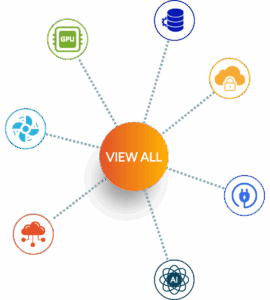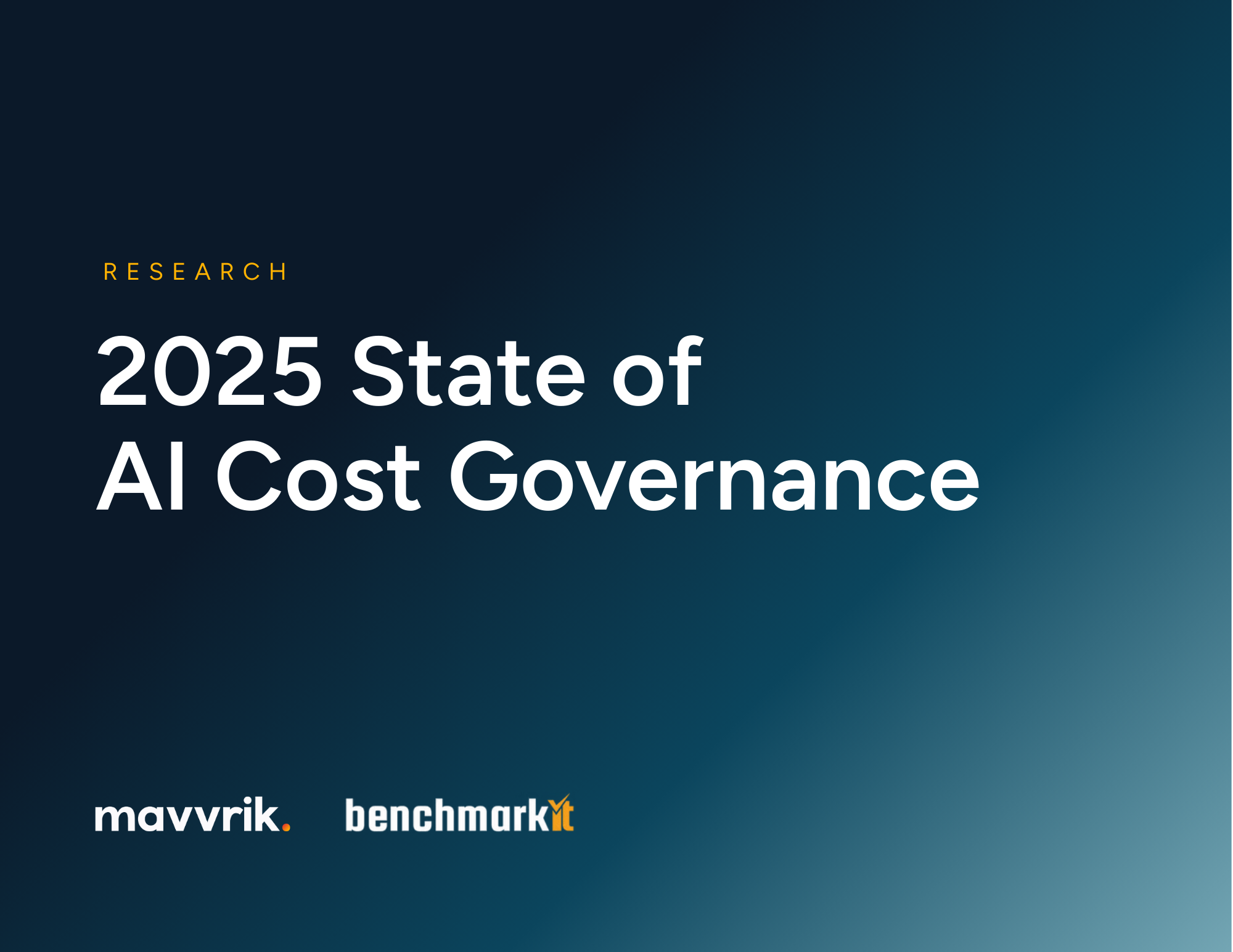Why Cost-to-Serve Matters in the AI Era:
- AI costs are dynamic and unpredictable, a small change in a prompt or feature can double your spend overnight.
- Margins are at risk when companies don’t connect infrastructure usage to revenue or customer outcomes.
- Pricing without cost visibility is guesswork, you can’t build sustainable AI pricing models if you don’t know unit economics.
- Cost-to-serve is the financial backbone of AI, it aligns spend to value, protects margins, and creates accountability across Finance, FinOps, Engineering, and Product.
Cost-to-Serve in AI
Cost-to-Serve in AI is the most overlooked metric of the era, yet it may be the single biggest factor in protecting margins and enabling sustainable growth.
The Commercial Shift AI Is Driving
Much has been written about AI’s impact on the white-collar world. Far less has been said about the commercial implications for enterprise IT.
Pricing is changing fast. Traditional commercial models don’t apply in the AI age. It’s similar to what we saw with Cloud and SaaS:
- Out: large upfront fees, long installation timelines, massive SI-led projects.
- In: fast time to value, business-led decisions, and flexible consumption.
AI will push those boundaries further. Aligning costs with value is now the defining challenge of this era.
Recently, we’ve spoken to a number of global Systems Integrators building AI Foundries. Both have placeholders for cost-to-serve in their architectures, but neither has implemented it yet. The focus is on building agents. But what happens when those agents hit production, and a single agent doubles or triples its expected monthly cost? Multiply that overrun × 50 agents, or 100, and the financial impact is massive.
This is why proper cost intelligence is critical for the AI age.
What Is Cost-to-Serve?
Cost-to-serve is a detailed view of what it actually costs to deliver a product, feature, or service to a specific customer or segment. In the AI era, this includes more than cloud bills:
- GPU usage (training and inference)
- Token-based LLM pricing
- Data movement and storage across cloud and on-prem
- SaaS services supporting AI pipelines
- Engineering or platform services consumed indirectly
AI workloads are inherently dynamic. A small prompt update or feature toggle can double inference costs. Without visibility into cost-to-serve, these shifts stay hidden until the bill arrives.
Why Cost-to-Serve Is Critical in the AI Era
1. Margins Are at Risk
Revenue may grow, but margins shrink when infrastructure usage isn’t tied to financial outcomes. Without knowing how much each customer, feature, or model costs to run, margin erosion goes unchecked.
2. Pricing Without Visibility Is Guesswork
AI pricing models, per token, per output, per outcome, are meaningless if you don’t know what it costs to deliver them. Sustainable pricing starts with unit economics.
3. Unpredictability Creates Accountability Gaps
AI is not traditional software. Usage spikes overnight. GPU clusters sit idle or overprovisioned. Teams launch features that sound great but carry heavy backend costs. Without cost-to-serve attribution, you’re left holding the bill.
This is exactly where platforms like Mavvrik help, capturing AI, GPU, SaaS, and hybrid costs at the source so enterprises can govern spend with precision.
Cost-to-Serve: What CFOs, FinOps, and Engineers Must Know
Finance & CFOs
CFOs are being pulled into conversations that once belonged to engineering. AI changes the economics of the business.
- Can we forecast the margin impact of AI investments?
- Are we pricing based on actual delivery cost—or just what the market will bear?
- How do we prevent usage-based surprises?
Without cost-to-serve, finance makes strategic decisions on incomplete data. With it, AI spend becomes a managed investment, not a liability.
FinOps & Cloud Cost Teams
FinOps teams already manage multi-cloud complexity. AI raises the stakes.
- Can we allocate GPU, LLM, and data lake costs accurately?
- Are overages and anomalies caught before they hit the budget?
- Do we have the data to implement chargeback or showback for AI?
Traditional cloud cost tooling wasn’t built for AI. FinOps needs real-time attribution to drive accountability.
Engineering & IT
Engineering speed is vital—but without visibility, it gets costly.
- Which models, prompts, or agents are driving GPU consumption?
- Are we architecting for performance at the expense of cost?
- Can we align technical choices with business impact?
Cost-to-serve enables engineers to “shift left” on financial accountability—building with cost in mind.
Product & GTM Leaders
AI features drive adoption—but only if they’re priced sustainably.
- What’s the real cost to deliver this feature?
- Should it be part of the core platform, or a paid add-on?
- Are we aligning customer value with infrastructure cost?
Cost-to-serve ties pricing strategy directly to cost realities—so features grow revenue and protect margin.
What Cost-to-Serve Enables
- Strategic Pricing: Move beyond arbitrary token pricing, price with precision.
- Gross Margin Management: Track the real impact of AI features on unit economics.
- Investment Clarity: Identify which AI initiatives are worth scaling.
- Cross-Functional Alignment: Give finance, engineering, and product a shared truth.
- Proactive Governance: Catch issues before they show up in the next board deck.
The Bottom Line
The AI era doesn’t just require more infrastructure, it requires more discipline. You can’t govern what you can’t see. You can’t price what you can’t measure. And you can’t scale what you don’t understand.
Cost-to-serve is the financial backbone of sustainable AI growth. Companies that embrace it will move faster, price smarter, and protect their margins. The rest will spend the next few quarters wondering where profitability went.
For a deeper dive, explore how Mavvrik’s Cost-to-Serve solution gives enterprises real-time visibility into GPU, token, SaaS, and hybrid AI costs, ensuring margins stay protected.
FAQs on Cost-to-Serve in AI
Q1: What does cost-to-serve mean in AI?
Cost-to-serve is the calculation of what it costs to deliver a product, feature, or service to a customer. In AI, this includes GPU usage, token pricing, data movement, SaaS services, and engineering overhead.
Q2: How does cost-to-serve protect margins?
By linking infrastructure consumption to financial outcomes, cost-to-serve exposes hidden drivers of margin erosion. Companies can price accurately, control GPU and token costs, and stop margin surprises.
Q3: Why can’t traditional cloud cost tools solve cost-to-serve?
Most were built for static, cloud-only environments. AI workloads are dynamic, hybrid, and consumption-based. Without granular attribution across GPUs, tokens, SaaS, and on-prem, traditional tools leave blind spots that cost-to-serve resolves.


